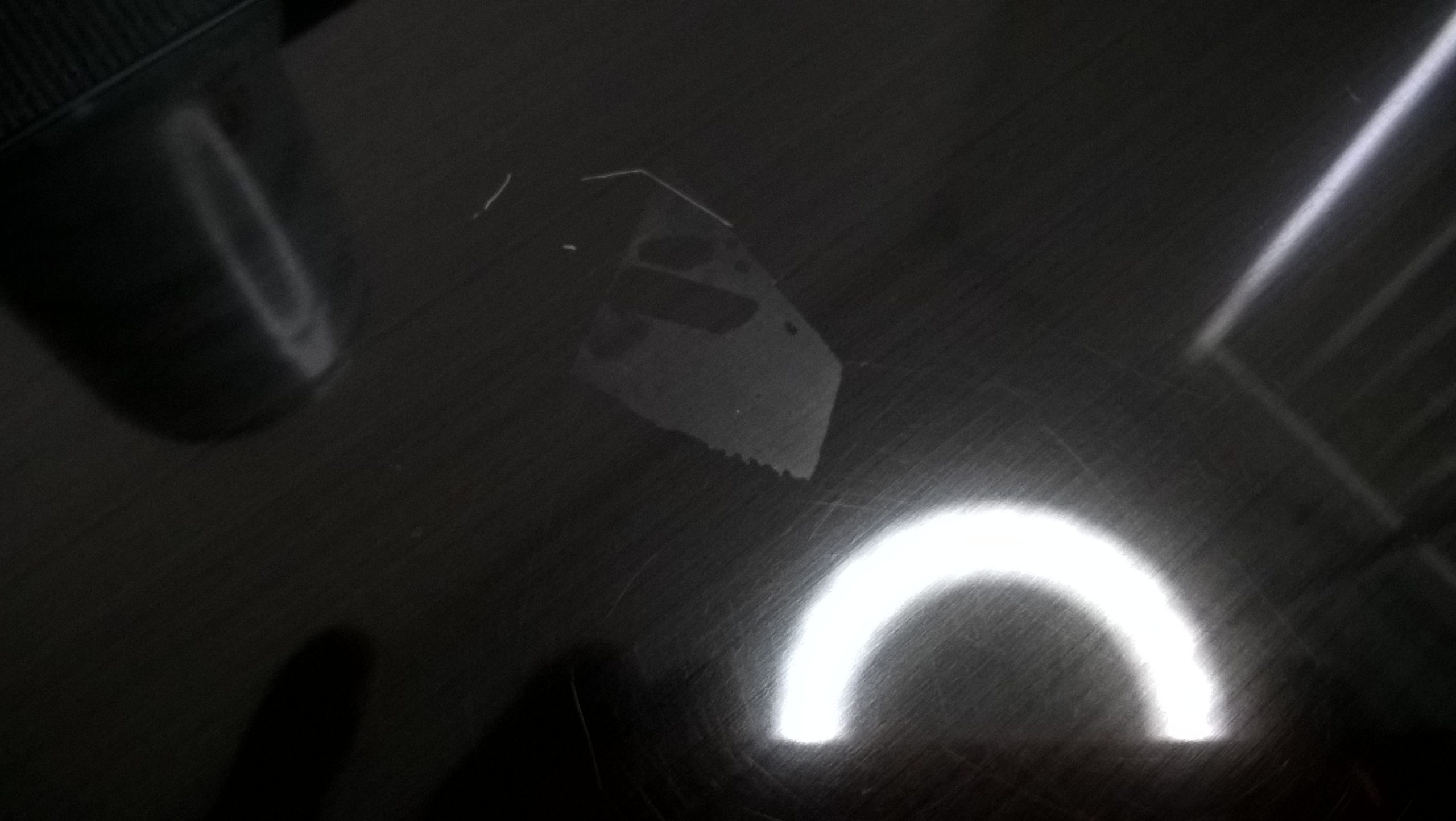Diagnosing PC Components After Power Supply Failure: A Step-by-Step Guide
Experiencing a power supply (PSU) failure can be a daunting situation for any computer user. A recent incident involving a power surge left many wondering how to ensure their other components are functioning properly. If you find yourself in a similar predicament, here’s a comprehensive approach to testing your hardware after a PSU failure.
Understanding the Issue
Power surges can wreak havoc on computer components, even with a surge protector in place. The symptoms often present themselves as unexpected shutdowns, unusual smells, or failure to boot under heavy loads. In this case, a new power supply unit is on the way, but how can you confirm the health of the remaining components?
Steps to Test Other Components
-
Visual Inspection: Start by carefully examining the motherboard and other components for any obvious signs of damage, such as burn marks or swollen capacitors. Look for any loose connections as well.
-
Use Diagnostic Software: Various utilities can help assess the integrity of your CPU, RAM, and hard drives. Tools such as CPU-Z, HWMonitor, or MemTest86 can provide insights into the performance and health of your system’s core components.
-
Stress Test Your CPU: While it’s known that stress testing the CPU can push your system to its limits, which may have contributed to your initial problem, it remains a critical step. Re-run the stress test with Prime95 or a similar tool to observe if your CPU can handle the load without issues. Monitor the temperatures and system behavior closely this time.
-
Check Hard Drive Health: Utilize built-in Windows tools like CHKDSK or third-party software like CrystalDiskInfo to analyze the state of your hard drives. This is important, as even if the drives seem operational post-surge, they may still have underlying issues.
-
Test RAM Stability: Utilize tools like MemTest86 to perform thorough checks on your RAM. Faulty RAM can lead to system instability and can often go unnoticed until significant testing is done.
-
Reconnect and Power Up: Once you’ve inspected and tested each component, carefully reconnect everything and power on the PC with the new PSU. Monitor for any unusual sounds or behaviors.
Conclusion
After facing a PSU failure, taking these proactive steps can help ensure that your other components remain undamaged and functional. If
Share this content:



